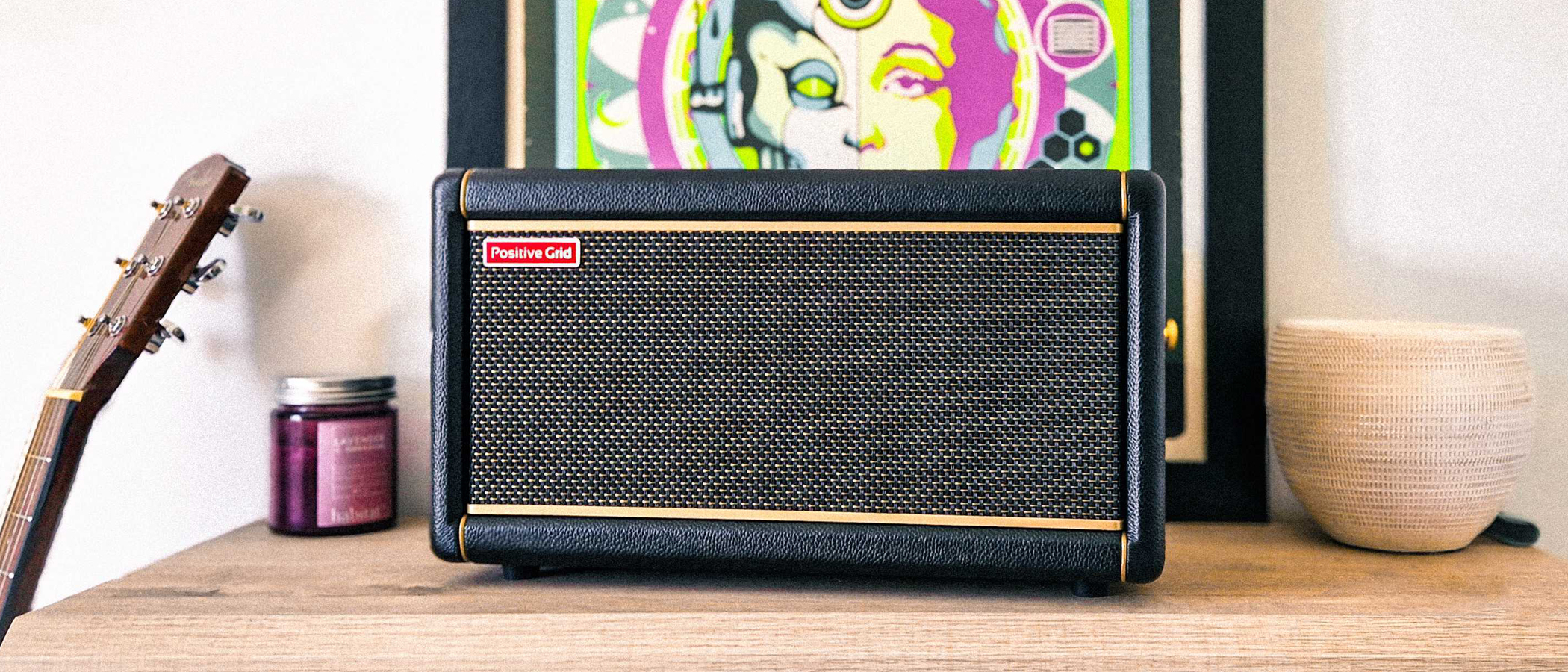MusicRadar Verdict
With the release of the Spark 2, Positive Grid has the unenviable task of following up one of the most technologically advanced practice amps in recent memory. The original Spark was a triumph of engineering, offering players a wealth of tones and cutting-edge practice tools, so it’s going to take a lot for Positive Grid to beat that. Thankfully, Spark 2 continues this legacy with the much-requested looper functionality, AI-assisted tones and an extra jolt of power.
Pros
- +
Outstanding tones with plenty of detail
- +
The looper is a brilliant upgrade
- +
Nice to see extra output options
Cons
- -
The AI feature is inconsistent
- -
Footswitch is a must for the looper
MusicRadar's got your back
Positive Grid Spark 2 review: What is it?
In 2019, Positive Grid launched its revolutionary new practice amp, the Spark 40, and to say it was a runaway success is an understatement. Players couldn't get enough of its highly intelligent features, revolutionary practice tools, and stellar tones. Jumping forward to 2024, the Spark is receiving its much-anticipated sequel, which looks to include even more game-changing attributes.
Okay, let's start with what's new for the latest iteration of this clever practice amp. Since its debut, Spark users have been dreaming of a built-in looper, and with Spark 2, it's finally a reality. Featuring two distinct modes – a Simple Looper, managed by the amps onboard controls and the app-operated Creative Groove Looper, which features extras such as pro-sounding drum patterns and additional time options – the Spark 2 ups the ante when it comes to home practice.
Now, it seems everything in the world right now has some form of AI technology associated with it – and now, too, does the Spark. But don't worry, it's not as complex as it sounds. Spark's newly developed AI BETA is user-friendly, allowing you to enter a few descriptive tonal prompts and after a few moments of data crunching, the app will present a host of amp and effect presets that it thinks best suit the tone you are chasing – a feature that can save you time and effort in finding the right tone for your practice or performance.
The new Spark 2 also boasts 50 watts of power and a newly designed cabinet housing a duo of premium, angled 4″ FRFR horn stereo speakers for wider stereo imaging and broader frequency response and two expertly crafted reflex ports for refined bass, which means you can expect a richer and more balanced sound from this amp.
The unit is now WIFI enabled, meaning there's no need to connect to a computer for updates, which saves you time and hassle. But that's not all. It even comes with an optional rechargeable battery, which means this mighty little practice amp just got a whole load more portable. Now you can take your Spark 2 anywhere, whether it's a jam session with friends or a quiet spot for some solo practice, without worrying about finding a power outlet.
As expected, the Spark 2 still grants users access to over 50,000 free guitar tones via the ToneCloud, albeit with upgraded DSP and new HD amp models, as well as the intelligent practice tools such as Smart Jam and Auto Chords that made the original so popular.
Positive Grid Spark 2 review: Performance & verdict
Style & design
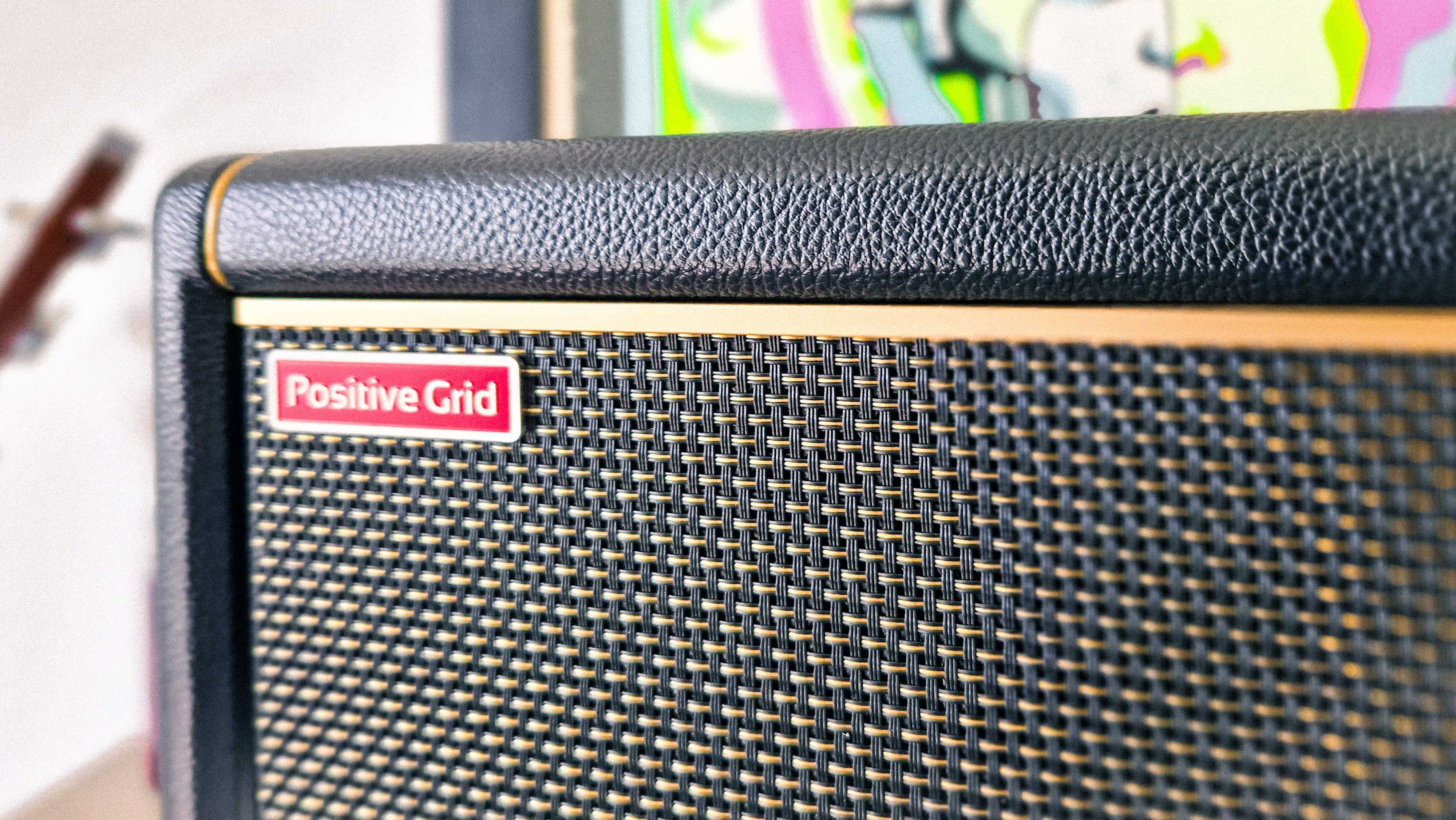
Sleek, stylish, and effortlessly cool, the new Spark 2 looks every bit as good as the rest of the extended Positive Grid family. Now, granted, not much has changed in the looks department from the original Spark, but if it ain't broken, why fix it?
Want all the hottest music and gear news, reviews, deals, features and more, direct to your inbox? Sign up here.
The glistening gold on black, the dark weave grille and the scarlet Positive Grid badge have become somewhat of a trademark for the brand. That said, it's worth noting that this new amp does come in Pearl White if that's more your style.
One of the most appealing aspects of the Spark 2 is its user-friendly design. The controls, from selecting a preset and adjusting gain and EQ to setting effects levels, guitar volume, and music, are all familiar to Spark fans. The responsive controls and intuitive layout make the Spark 2 a breeze to use, even for newbie Spark users. This familiarity with the controls adds to the amp's overall appeal and ease of use, and we're glad they didn't change it from the original.
Looper
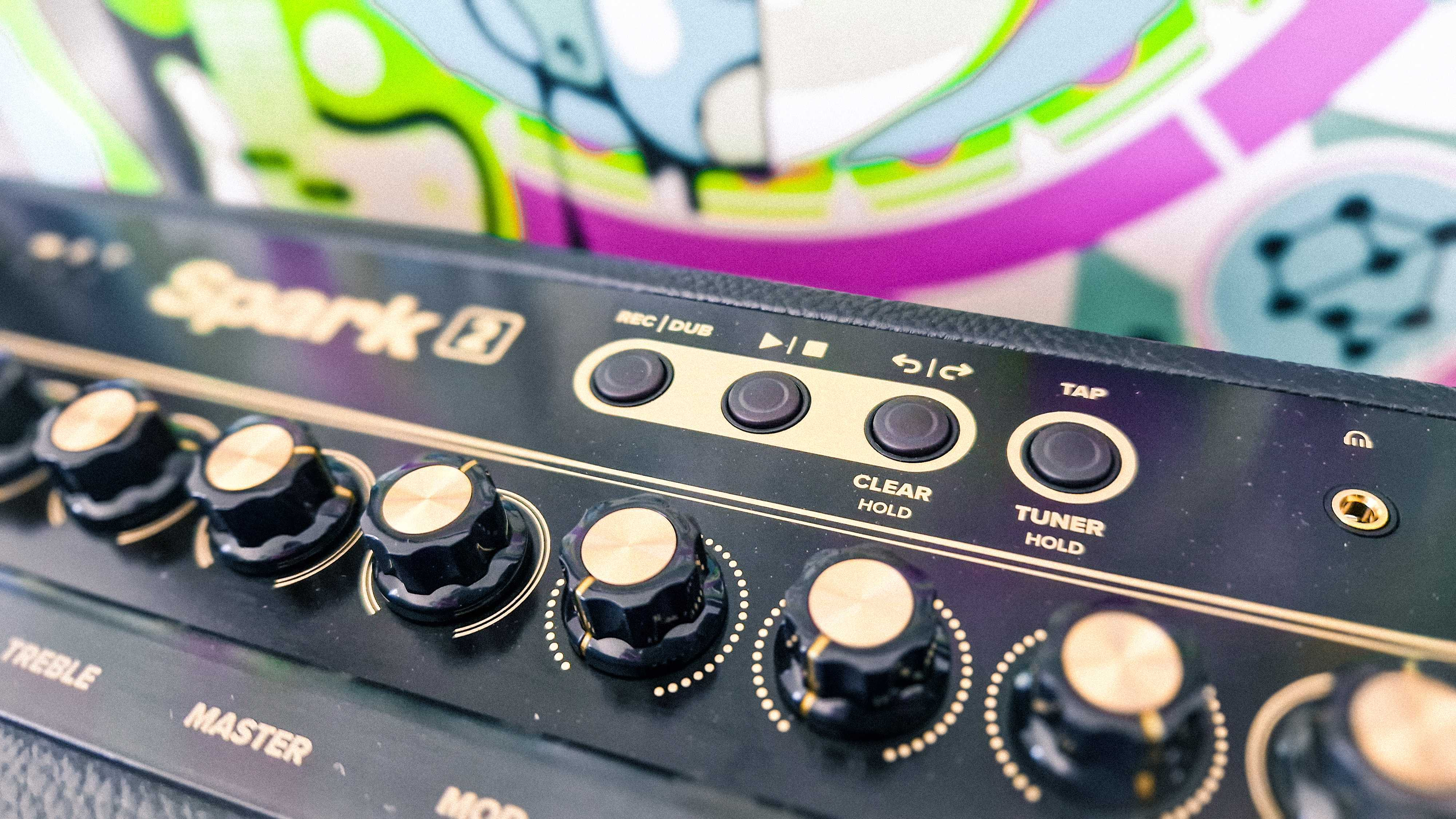
If there’s one feature Spark fans have been desperately asking Positive Grid to include, it’s a looper – and it’s easy to see why. The previous version of the Spark did everything from telling you how to play a song to arming you with the tonal tools to nail the sound of your favourite songs, but one function was glaringly absent – the ability to loop. Well, thankfully, Spark 2 has this capability, but does it live up to our rather high expectations?
In a nutshell, yes, the looper functionality works exactly as expected, but controlling it from the amp itself or the app takes a little getting used to. Featuring a duo of modes, Simple and Groove, there are two different ways to approach looping within the new Spark 2.
As the name suggests, Simple mode behaves just like a standard loop pedal. Using the controls located above the main dials of the amp – where the preset selection was on the previous iteration – you simply press the record button to capture your loop and again to overdub. There are also controls for playback and clearing your recording.
Now, it’s worth mentioning that operating the looper with your hands while also playing the guitar is pretty tricky – if not impossible for certain riffs. Luckily, Spark 2 does have a solution. Timed mode introduces a count-in, a click set to any BPM of your choice, and will stop recording automatically once a predetermined bar count has been reached. This mode is only accessible via the Spark app, and while it does make operating the looper a lot easier, we can’t help but feel it’s still more complicated than using a footswitch.
For the purposes of this review, we were sent a pre-production version of the new amp and there was no footswitch included. Now, while we do have the original Control footswitch at our disposal, we were unable to get it to work with the new unit. That said, Positive Grid has stated that the new wireless Spark Control X that launched earlier this year, will work for the Spark 2 and will also have the ability to operate the looper.
Turning our attention to the Groove Looper, and it feels like an evolution of the Smart Jam feature found on all previous releases. Operating in much the same way as timed loops, you now have the ability to add a drum pattern to play along with. Now, the options are limited in terms of genre, with only rock, pop, blues, and funk available, but that said, we did have more than enough to play around with, and there’s plenty here for inspiring new song ideas or just helping you work on your timing and feel. We have to give a shout-out to the shuffle function, which is very handy if you love nothing more than jamming away the hours playing your favourite blues licks.
Sound
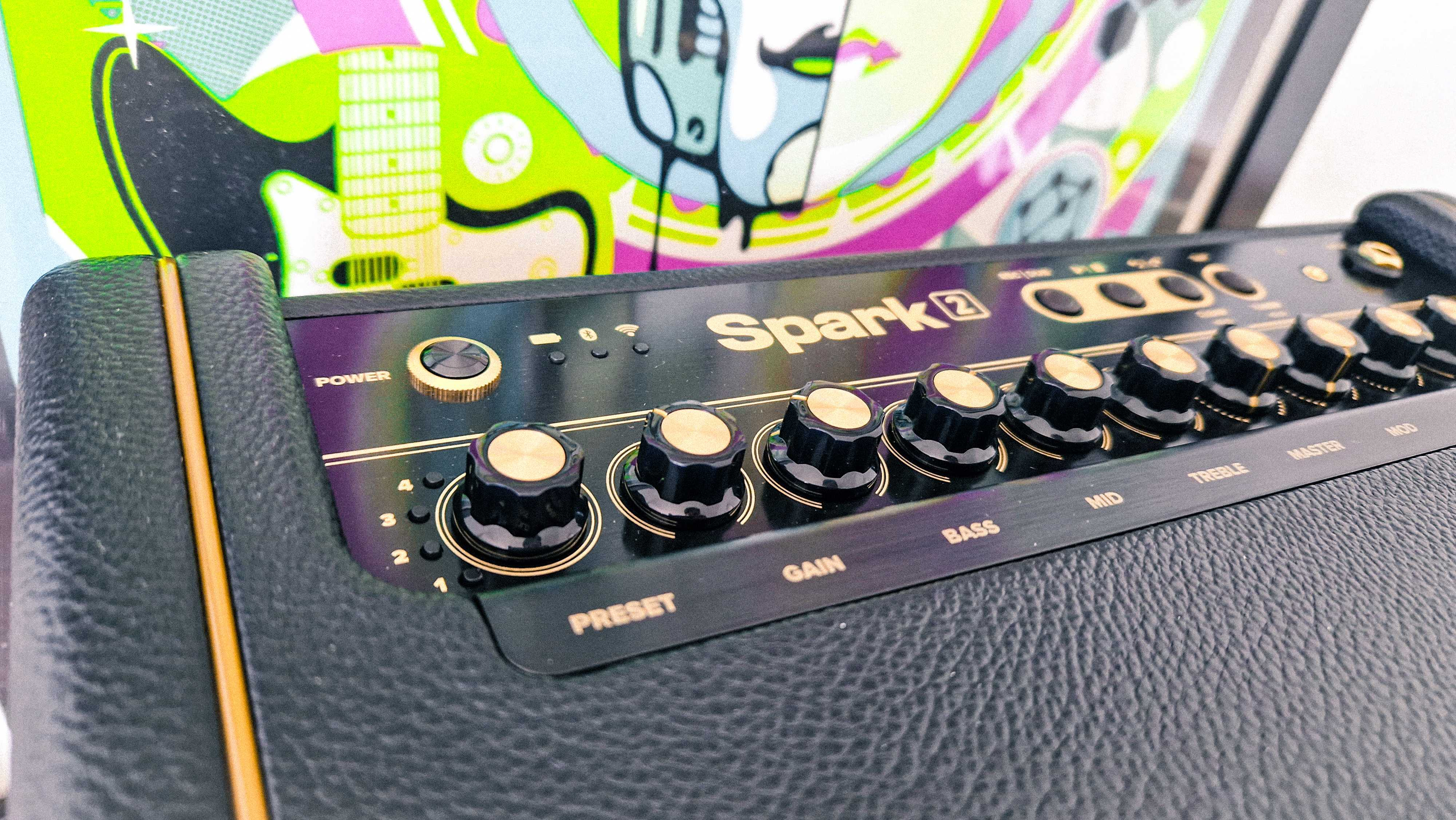
Next, let's go over the sound of the Spark 2. Armed with our new Gibson Theodore Standard, we set about putting Positive Grid's new amp through its paces. Within five minutes of pairing the amp with our phone and loading the accompanying app, we were reminded why we loved the original version of the Spark.
The tone is simply spectacular, and now, at 50 watts, the amp feels more powerful and assertive than ever before. Not to mention the upgraded DSP and new HD amp models, which bring a new sense of depth to this reinvigorated smart amp.
Starting on the 'Silver Ship' setting, the tone is reminiscent of the classic Jazz Chorus – a point driven home with the inclusion of the "cloner" chorus pedal which sits proudly in the chain. We could easily lose hours of our lives playing on this setting. The sound is bright, responsive, and has the clarity that you only get from Roland's classic '80s solid-state amp.
Searching for something a little grittier, we found ourselves drawn to the aptly-named "British accent" setting. Warm, round and with plenty of bite, this tube-like setting might be our favourite preset within the amp. Of course, any of the settings can be modified by adding in any number of stompboxes. Simply double-tap any of the pedal icons, and you can switch out the effects for something else.
Looking to jam some J Mascis-inspired riffage, well add the "Guitar Muff" for some iconic fuzzed-out Electro Harmonix fun. Perhaps you want to add some space to your tone, well you have plenty of delay pedals to choose from – if you want our recommendation, you can't go wrong with the stunning "Echo Tape", which perfectly recreates the sound of a vintage Echoplex.
Of course, there are lots more on offer from within the Spark app. There's so much on offer that we don't think there's enough time in the world to try every possible combination of effects and amps.
Spark-AI
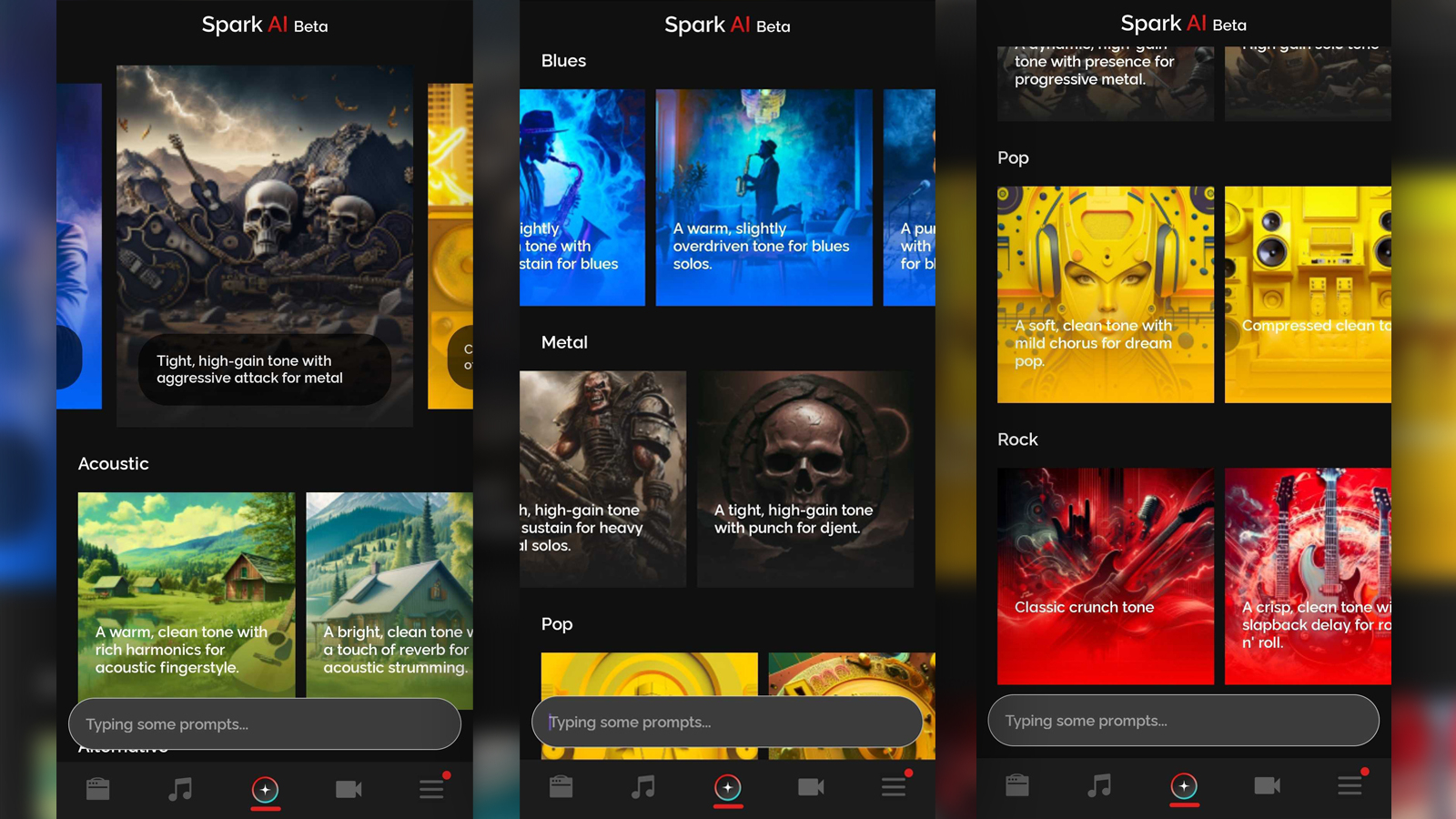
It seems like AI is unavoidable right now and it’s even managed to find its way into our guitar amplifiers – technology really is taking over!
With the ability to generate any tone imaginable with nothing more than a few ChatGPT-style prompts, Spark-AI has the potential to completely transform how players dial in their amps – well, maybe in a year or so when it’s had some time to develop.
While it worked reasonably well with simple instructions such as ‘full, clean tone with rich resonance for acoustic harmonics’, we were left feeling a little disappointed when trying to get our Spark amp to recreate real-world tones from our favourite artists.
Plugging in ‘Tom Morello rhythm tone’ resulted in a full-on metal tone that was a far cry from the edgy pitch-shifted sound Morello is known for – it certainly had us raging against this digital machine. Of course, it’s not all bad. Prompts like ‘sludgy doom rhythm tone’ and ‘classic rock solo tone’ worked a treat, delivering pretty much exactly what we expected.
Spark-AI did a surprisingly good job when asked to recreate the recognisable tones from famous songs, too. Searching ‘Paranoid’ and ‘Where The Streets Have No Name’ delivered very promising results and made us regain a little faith that this technology can work. Like all AI tech, we suspect that it will only get smarter the more it’s used.
Final verdict
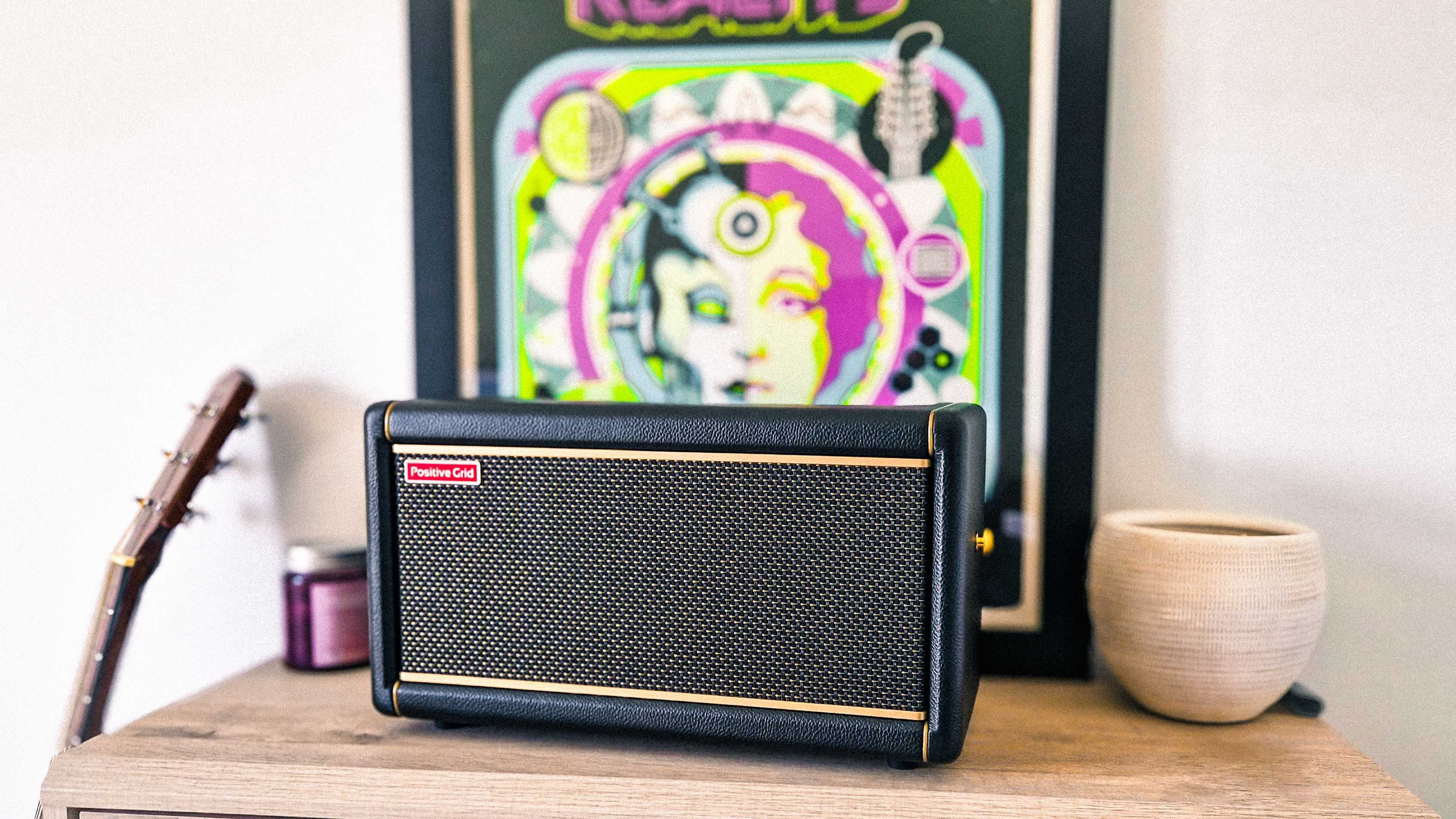
The original Spark was highly praised for its versatile app control, outstanding tones and superb useability, and the new and improved Spark 2 builds on this by introducing even more advanced features.
The new looper functionality allows players to layer guitar parts, practice solos, and even create complex compositions with ease, but we highly recommend purchasing the Control X footswitch to fully unlock the amp's potential. Yes, it's possible to use this feature without splurging on an extra piece of kit, but in our opinion, the looper is a little tricky to use without a footswitch.
Additionally, we can definitely see the potential with the Spark's AI-assisted tones. Given time, this ground-breaking feature could provide a whole new level of flexibility, allowing guitarists to dial in their ideal sound quickly and easily, but as of now, Spark-AI feels too inconsistent for us to get behind right now.
Overall, we were impressed with Positive Grid's Spark 2. It proves that Positive Grid has continued to innovate, with welcomed features and a stunning new high-definition sound.
Positive Grid Spark 2 review: Specifications
- TYPE: Digital modelling combo for guitar, bass and acoustic with BIAS Tone Engine and app integration
- POWER: 50W RMS Class D Amplifier
- SPEAKERS: 2 x 4-inch Full Range Speaker with custom angled horn
- TOP CONTROLS: Power Button, Eight Programmable Preset Selector, Amp Controls (Gain, Bass, Mid, Treble, Master, Mod, Delay, Reverb, Volume), Music Channel Volume, Looper Controls (REC/DUB, PLAY/STOP, UNDO/REDO/CLEAR with LEDs), Tap/Tuner Button
- ONBOARD EFFECTS: 33 Amp Models (For electric guitar, acoustic guitar, bass), 43 Effects (Noise Gate, Compressor, Distortion, Modulation/EQ, Delay, Reverb), Choose up to 3 pre-amp effects, 3 post-amp effects, and 1 amp model for each preset
- LOOPER: Up to 60 seconds of recording time
- SOCKETS: 1/4" Instrument Input x 1, 1/8" Headphone Output x 1, 1/4" Line Output x 2 (L/Mono & R), 1/8" Aux input x 1
- DIMENSIONS: 375 x 180 x 214 mm
- WEIGHT: 5.5 Kg
- CONTACT: Positive Grid
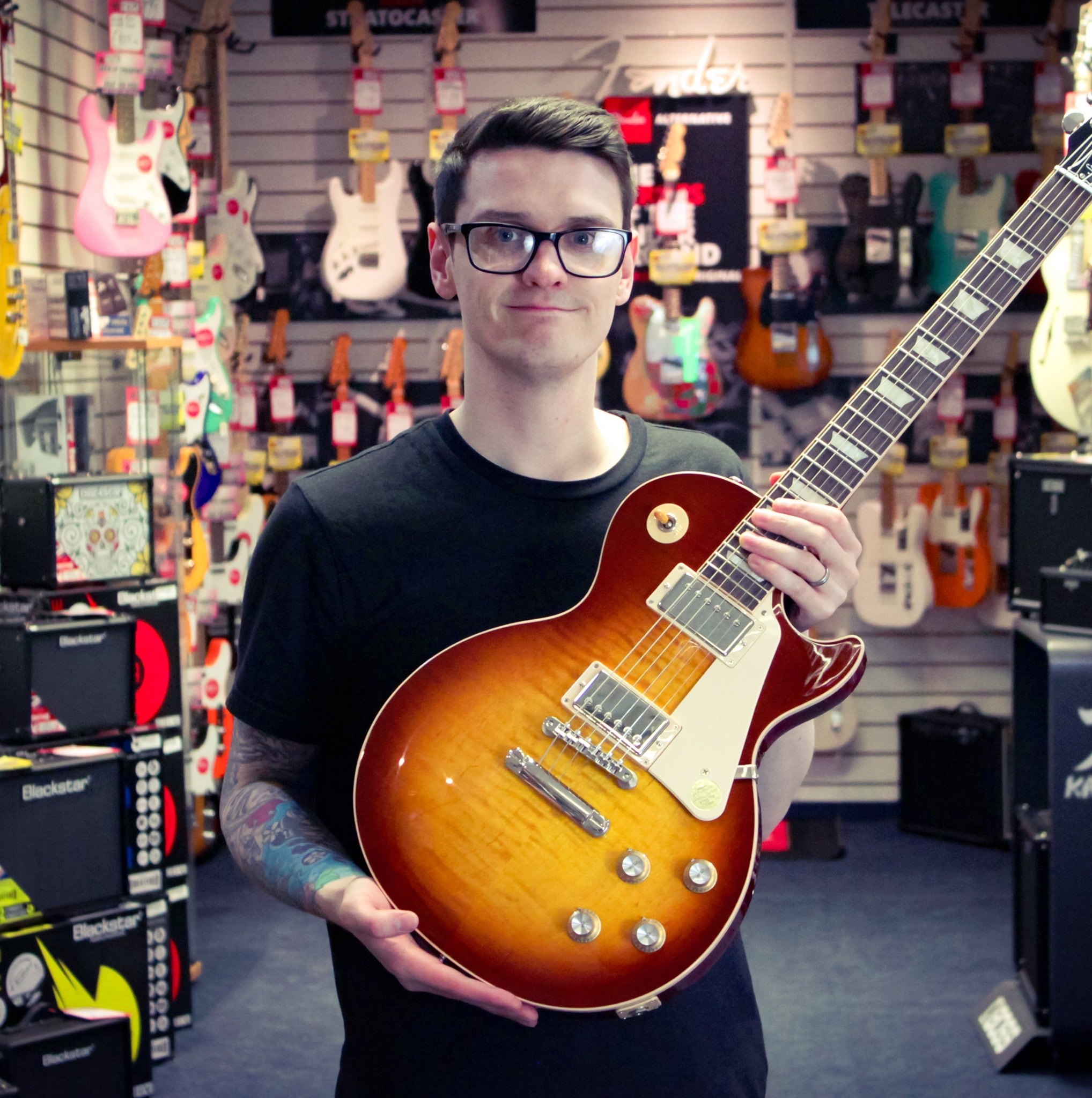
I'm a Senior Deals Writer at MusicRadar, and I'm responsible for writing and maintaining buyer's guides on the site. As part of my role, I also scour the internet for the best deals I can find on gear and get hands-on with the products for reviews. My gear reviews have been published in prominent publications, including Total Guitar, Guitarist, and Future Music, as well as Guitar World.com. I've also had the privilege of interviewing everyone from Slash to Yungblud, as well as members of Sum 41, Foo Fighters, The Offspring, and many more.
In a previous life, I worked in music retail, selling everything from digital pianos to electric guitars. I'm also a fully qualified sound engineer who holds a first-class Bachelor's degree in Creative Sound Production from the University of Abertay.
